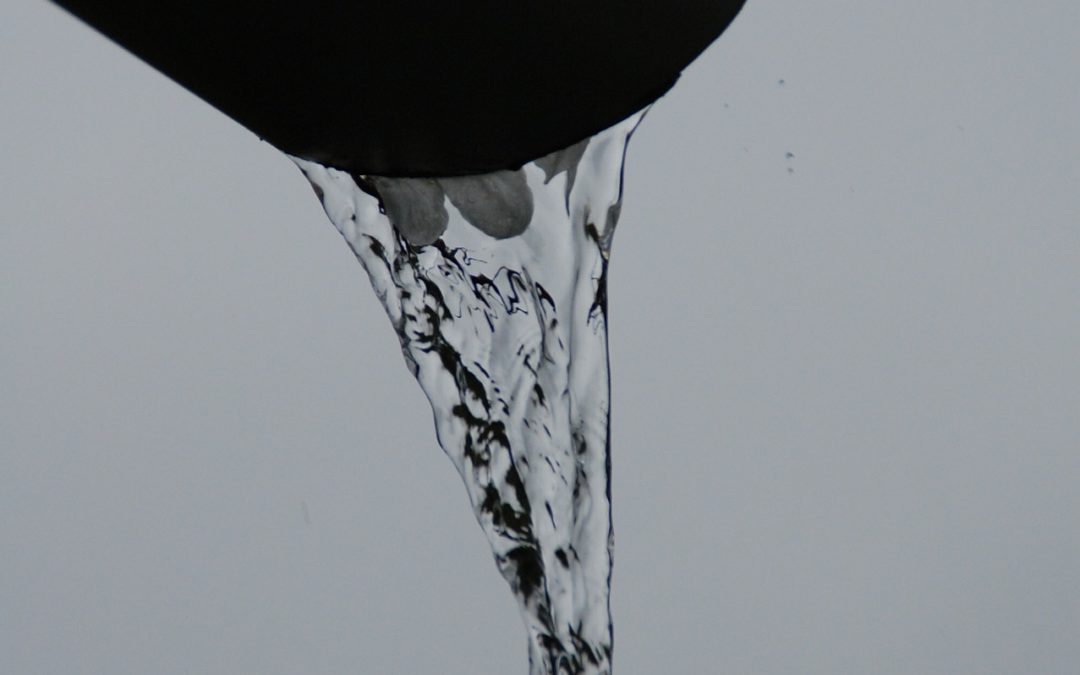You will have heard the phrase ‘prevention is better than the cure’. This is the simplest way we can tell you how important a good guttering system is. Completing Cambridge roof repairs, we too often see issues caused by faulty guttering, when just a few alterations could have saved it from happening in the first place.
But what you also need to consider is how guttering can impact the ground beneath your property. Downspouts play a considerable role in both. Discover all you need to know about downspouts, here.
What are downspouts?
Your gutter’s job is to collect water from the surface of your roof. The connecting downspouts then act as a funnel to take the water down to the ground. They’re fixed down the side of your property, and take the form of channels or pipes which redirect rainfall to a safe drainage area.
This idea of a ‘safe drainage area’ is key. Ideally, the water should be carried 6 feet from the walls of the property. A minimum of 4 feet might be fine, but we recommend having this checked out and confirmed by professionals. If it doesn’t drain the water this distance from the property, then you’ll likely need downspout extensions.
What happens without downspouts?
Having large amounts of water deposited around your home’s foundation poses a number of risks. If it lands too close to a driveway, concrete patio or walkway, it can erode the dirt underneath, which in turn, causes the concrete slabs to sink into the ground. This means the water is directed towards your house, rather than away from it.
Excessive water gathering around your house will exert hydrostatic pressure against its foundation. This is bad news for the same reason. As cracks form in the foundation, water makes its way through and causes the foundation to sink too.
Worse still, mould and mildew can then form beneath the property, and the foundation will begin to decay.
Are there any other factors to consider?
While measuring the distance that the downspout reaches from the property is a good rule of thumb, there are a couple of other factors which can decide whether downspout extensions are necessary.
One is the gradient of the land. If there’s a slope away down from the property near the downspouts, this will naturally help carry rainfall further away. Likewise, if the ground goes uphill from the property walls, this could make downspout extensions even more important.
The expected amount of rainfall is another consideration, but not one you should give too much thought to if you’re in the Cambridge area. Here in the UK, we definitely get our fair share of rain, so we need to take precautions! An effective guttering system is vital in rainy climates.
Which type of downspout extensions are best?
This largely comes down to budget and personal preference. These are three of the most popular.
Aluminium extension
These are undoubtedly the easiest and most affordable option. They’re low maintenance and quick to install, but not always the easiest on the eye.
Buried drain pipe extension
These extend beneath the ground, which means they’re neatly out of sight, but they require a little more work to install.
Roll out sleeve extension
In terms of visibility, these provide a midway point. They only extend when heavy rain requires them to – and even then, they can be tactically hidden in your garden.
If you think your guttering is in need of downspout extensions, get in touch with our experts to talk through the possibilities in further detail. While there is the temptation to make it a DIY job, downspout extensions are an integral part of your home’s drainage system. They deserve professional care and attention through installation and maintenance.
At ELT Home Improvements, we’re committed to protecting your Cambridge home.


Recent Comments